Ultimate Guide to Choosing Commercial Lighting Fixtures: Insights from Industry Trends and Data
In the fast-evolving world of commercial interiors, selecting the right Commercial Lighting Fixtures has become more critical than ever. According to the Lighting Research Center, lighting can account for up to 40% of a building's energy use, making efficient fixture selection not just a design choice but a financial necessity. Moreover, industry reports indicate that the global commercial lighting market is projected to reach $100 billion by 2025, driven by the demand for energy-efficient solutions and smart lighting technologies.
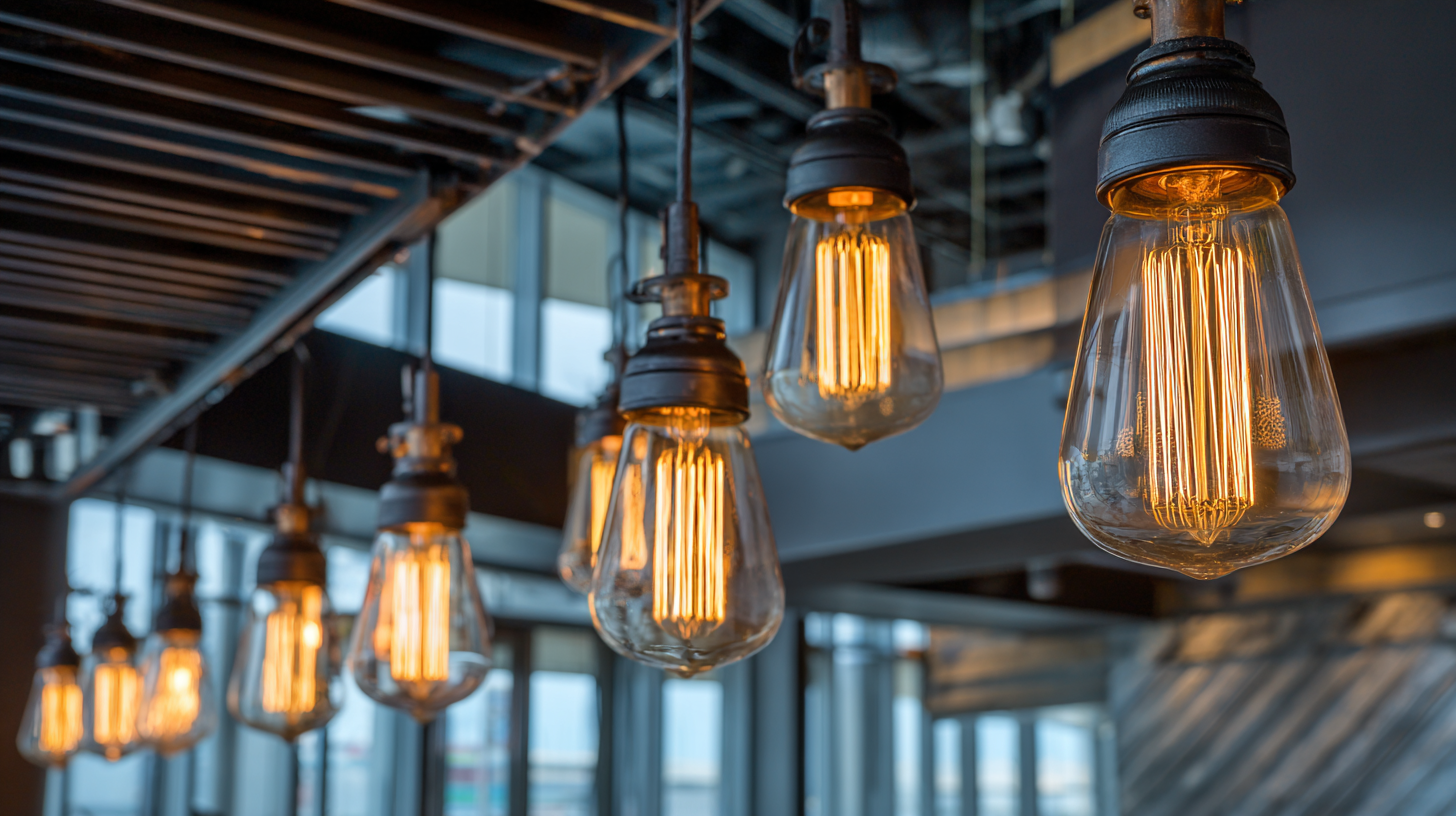
As businesses seek to enhance their spaces while minimizing costs, understanding emerging trends and data insights will empower decision-makers to choose fixtures that not only illuminate but also elevate the overall aesthetic and functionality of their environments. In this guide, we will explore the essential factors to consider when choosing commercial lighting fixtures, backed by data and expert insights.
Understanding the Importance of Energy Efficiency in Commercial Lighting Choices
In today's commercial sector, energy efficiency in lighting choices is not just a trend—it's a necessity. According to a report by the U.S. Department of Energy, commercial buildings consumed approximately 15% of total U.S. energy usage in 2020, with lighting accounting for about 29% of this energy consumption. Investing in energy-efficient lighting solutions, such as LED fixtures, can significantly reduce these figures. With LEDs using up to 75% less energy than traditional incandescent bulbs and lasting 25 times longer, businesses can realize substantial savings on energy bills and maintenance costs.
Moreover, energy-efficient lighting contributes to sustainability goals. The Global Lighting Association notes that by 2030, the worldwide illuminated surface area will increase by 50%, exacerbating energy demands unless we adopt more efficient solutions. Implementing smart lighting controls, such as dimmers and occupancy sensors, can further enhance energy savings, potentially reducing overall lighting energy use by up to 60%. By prioritizing energy efficiency in their lighting decisions, commercial entities not only lower operational costs but also play a vital role in reducing their carbon footprint, aligning with broader environmental goals.
Analyzing Industry Trends: LED Adoption Rates and Market Growth Predictions
The shift toward LED lighting in commercial applications has been gaining momentum, driven by advancements in technology and growing awareness of energy efficiency. According to a recent report by the U.S. Department of Energy, LED adoption rates have reached over 60% in commercial buildings, indicating a significant move away from traditional lighting sources. This transition is fueled by the long-term cost savings associated with LED technology, which can reduce energy consumption by up to 75% compared to incandescent bulbs.
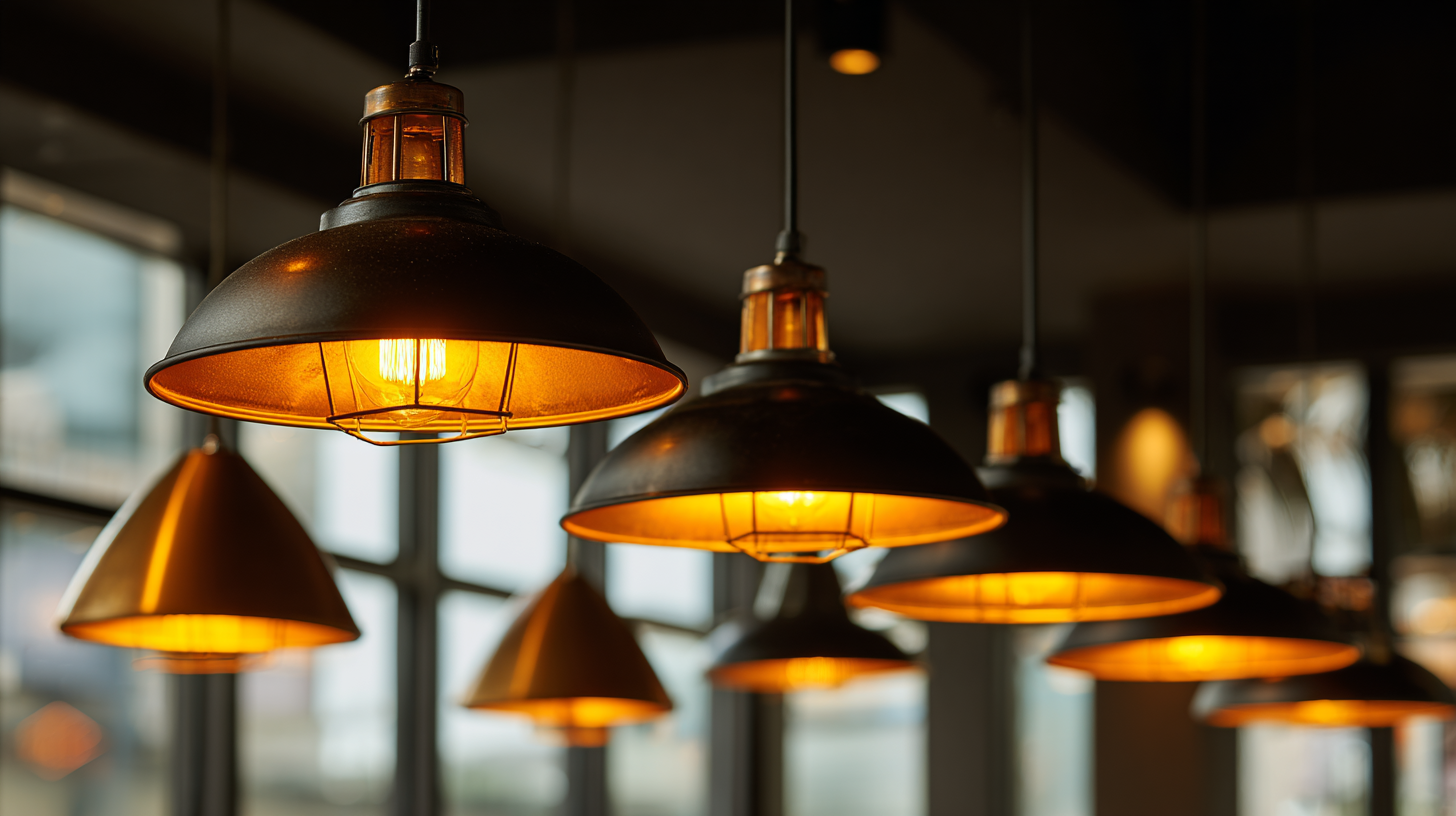
Market growth predictions further underscore the trend, with analysts estimating that the global LED market will reach $75 billion by 2025. Factors contributing to this growth include increasing government regulations promoting energy efficiency and the expansion of smart lighting solutions, which integrate with IoT applications for enhanced control and monitoring. As businesses prioritize sustainability, incorporating LED lighting not only aligns with environmental goals but also supports operational efficiency and cost-effective practices in commercial settings.
Comparative Data on Initial Costs vs. Long-Term Savings of Various Lighting Types
When it comes to selecting commercial lighting fixtures, an important factor to consider is the comparative data on initial costs versus long-term savings associated with different lighting types. Traditional incandescent bulbs may have a lower upfront cost, but their energy inefficiency often leads to significantly higher electricity bills over time. In contrast, LED lighting, while initially more expensive, often outperforms in energy savings, lifespan, and maintenance costs, making it a better investment in the long run.
Moreover, understanding the cost vs. savings dynamics is crucial for businesses looking to optimize their lighting selections. For instance, studies indicate that LED fixtures can reduce energy consumption by up to 75% compared to incandescent options. When factoring in these savings over several years, the initial investment in LEDs can quickly pay off, offering greater financial returns. Furthermore, their longer lifespans reduce the frequency of replacements, minimizing labor and material costs associated with maintenance. The decision to invest in energy-efficient lighting solutions not only enhances a company’s bottom line but also contributes to a more sustainable business approach.
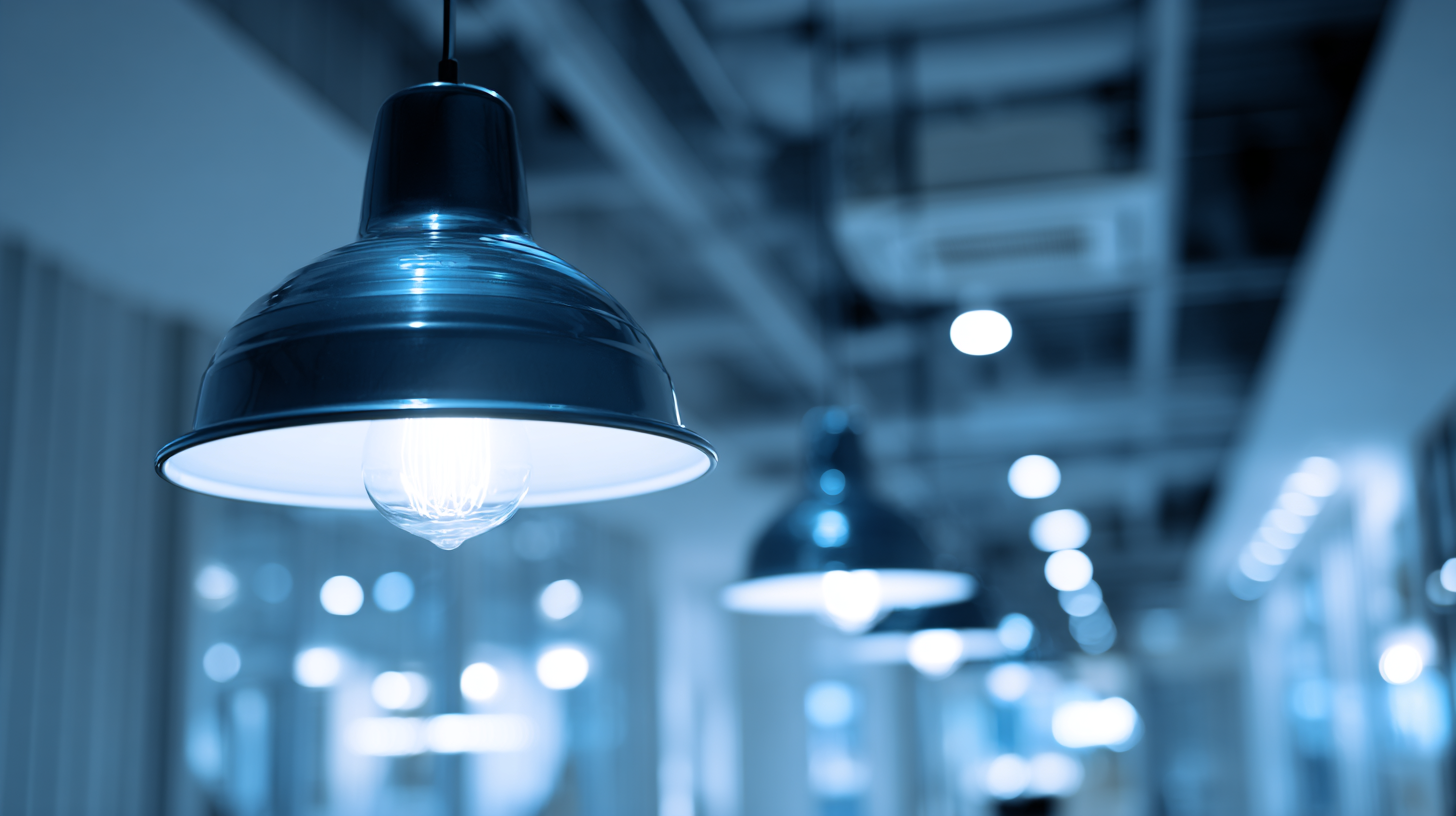
Evaluating Commercial Lighting Fixtures: Key Features and Performance Metrics to Consider
When evaluating commercial lighting fixtures, it's essential to consider key features and performance metrics that align with your operational needs. Recent industry reports indicate that energy efficiency remains a top priority, with LED lighting systems being up to 80% more efficient than traditional incandescent options (Energy Star, 2022). Additionally, understanding lumens per watt (LPW) can help in selecting fixtures that provide adequate brightness while minimizing energy consumption. Look for fixtures with at least 100 LPW for optimal efficiency.
Another crucial metric to assess is color rendering index (CRI). A CRI of 90 or above ensures colors appear true and vibrant, which is particularly important in retail and hospitality settings where customer perception matters. According to a study by the Lighting Research Center, proper lighting can enhance mood and increase sales by up to 20%.
Tip: When selecting fixtures, consider your space's specific tasks and ambiance requirements. Conduct a lighting audit to determine current deficiencies and identify suitable solutions.
Tip: Look for customization options, such as dimming capabilities and smart controls, allowing the lighting to adjust based on time of day or occupancy, further enhancing energy savings and user comfort.
The Impact of Smart Lighting Technology on Business Operations and Cost Management
Smart lighting technology is revolutionizing how businesses manage their operations and costs. According to a report by Grand View Research, the global smart lighting market size is expected to reach $24.2 billion by 2027, growing at a compound annual growth rate (CAGR) of 24.6% from 2020 to 2027. This rapid expansion is driven by the increasing demand for energy-efficient solutions and the integration of the Internet of Things (IoT) in commercial lighting systems. Businesses that adopt smart lighting can expect changes not just in aesthetics, but in operational efficiency as well.
One significant benefit of smart lighting is its ability to reduce energy consumption substantially. The U.S. Department of Energy reports that smart lighting controls can lead to energy savings of about 30-60% compared to traditional lighting systems. This reduction in energy use not only lowers utility bills but also decreases the carbon footprint of commercial operations, aligning with sustainability goals that many businesses are pursuing today. As more organizations recognize these advantages, investing in smart lighting becomes a strategic move that not only enhances workplace ambiance but also contributes to long-term cost management and operational excellence.
Related Posts
-
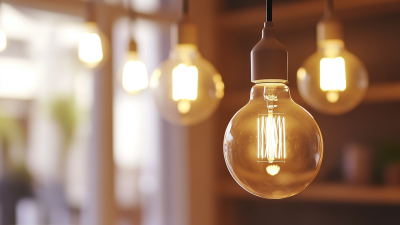
2025 Innovations in Smart Lighting Solutions + Key Approaches for Global Buyers
-
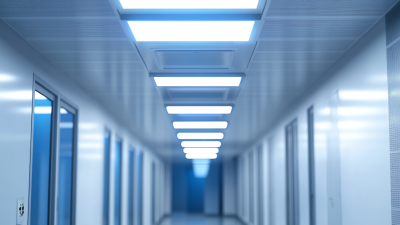
Unlocking Energy Efficiency in Manufacturing with Industrial Led Fixtures and Industry Insights
-
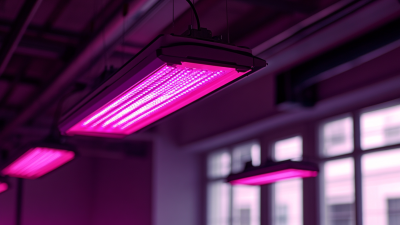
7 Leading Industrial Led Fixtures to Illuminate Your Workspace
-
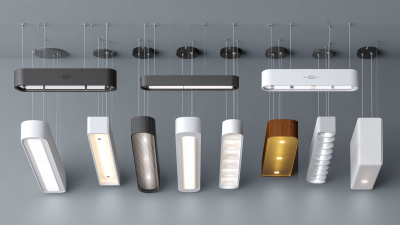
Exploring the Top 10 Best Commercial Lighting Fixtures: A Data-Driven Guide for Global Buyers
-

Unlocking the Secrets to Choosing the Best Industrial Light Fixtures for Your Facility
-
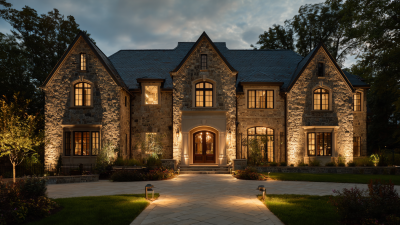
Ultimate Checklist for Sourcing the Best Exterior LED Light Fixtures: 10 Key Factors to Consider






